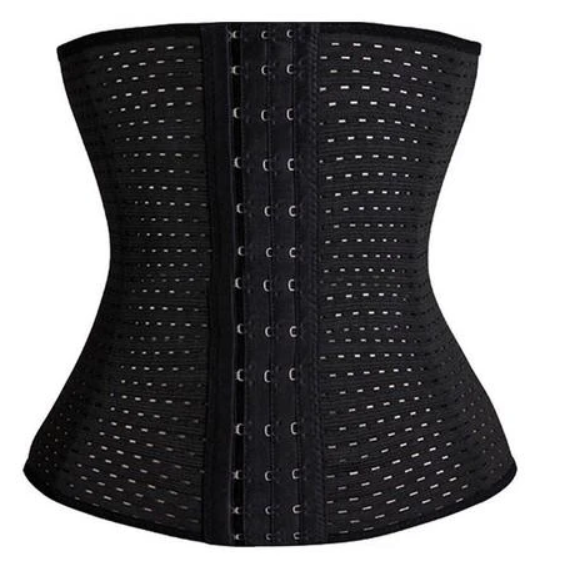
Having excess fat is no more a new thing because of a variety of reasons like unhealthy lifestyle, lack of sleep, or even postpartum weight gain. But living with fat is not something one would like. Everybody in this world especially women want to look sexy and slim. Imagine waking up and seeing your fat body in the mirror every day! Makes you sad and depressed right? And when you are not satisfied with your appearance then it takes a toll on your confidence overall.
Undoubtedly, there is no substitute for a proper diet and some very needed and important lifestyle changes. But what if we told you that there is something else too that would help you get in shape while also be useful in a lot of other ways?
A Waist Trainer comes to your rescue in a situation where you feel like nothing else is working. A waist trainer not only helps you look slimmer but also helps in shedding some weight. It is made up of thick fabric and hard metal boning to provide maximum results.
Why Should You Start Wearing a Waist Trainer?
With a lot of trend going on these days about waist trainer, it becomes important to have a look at why you should be using a waist trainer in the first place. You must have seen celebrities with amazing curves in award functions and events. Ever thought how they manage to have such wow curves? Of course, by using a good quality waist trainer.
Here are a few advantages that will give you a heads up to buy a waist trainer:
Immediate Slimming Results
A waist trainer when worn will give you immediate results and you will be shocked seeing the results. Your waist and hip size will look considerably smaller and you can fit into all those body-hugging dresses that you had dreamt of. To achieve immediate slimming results, you need to make sure that you purchase the right size. Any screw up in the size will spoil it all for you and all your dreams of weight loss or inch reduction may just be shattered. Period.
Improvement in Posture
Waist trainer also helps you improve your posture by making you sit up straight and flattening out your midsection. Women who work in offices and have a table job tend to sit in their places for longer and therefore have a chance of getting a hunch back. But when you wear a waist trainer, you have to sit up straight thereby improving your posture.
Sense of Motivation
Once you wear a waist trainer and start observing the change in your appearance, it motivates you, even more, to work harder and get into the shape permanently. It makes you want to quit your unhealthy lifestyle and start taking proper care of yourself.
Enhanced Workouts
A work out is meant to burn your calories but working out in a waist trainer will help you burn more and more calories but it is always advised to research what kind of workout can be done wearing a waist trainer. Not every exercise is meant to be done wearing a waist trainer.
In conclusion, a waist trainer is no Aladdin’s lamp. It takes time and dedication to achieve anything in life and so is the case with a waist trainer. A proper schedule and hard work and of course a little sacrifice will get you where you want to be.








